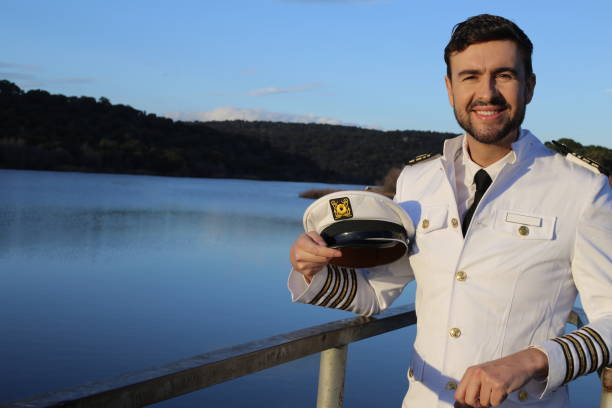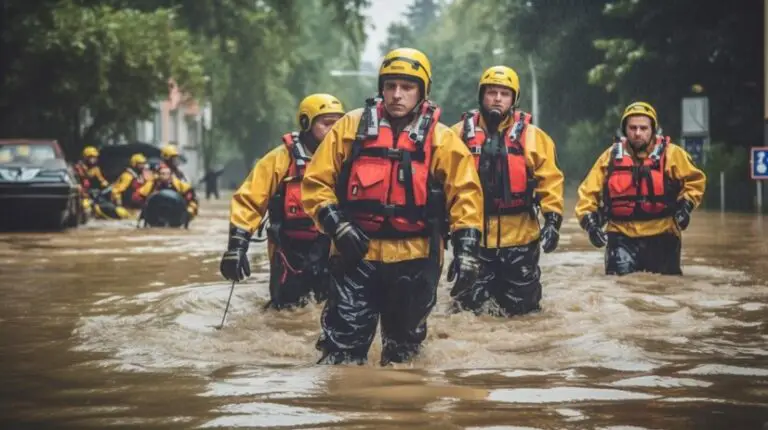The Vital Role of a Chief Mate Officer

Page Contents
Introduction
In the intricate world of maritime navigation, the Chief Mate Officer stands as a pillar of leadership and expertise, overseeing the safe and efficient operation of vessels at sea. Serving as the second-in-command aboard the ship, the Chief Mate Officer plays a pivotal role in coordinating deck operations, ensuring compliance with safety regulations, and maintaining navigational integrity. This article delves into the multifaceted responsibilities and qualifications required of a Chief Mate Officer, highlighting their crucial role in steering maritime endeavors towards success.


The Vital Role of a Chief Mate Officer
Key Responsibilities
| Responsibilities | Description |
|---|---|
| Deck Operations Management | Oversee deck operations, including cargo loading and unloading, mooring, and anchoring procedures. |
| Coordinate with the Captain and other officers to ensure the efficient use of deck resources and personnel. | |
| Navigational Oversight | Assume watch duties on the bridge, maintaining a vigilant lookout for other vessels and navigational hazards. |
| Execute helm commands and maneuver the vessel safely under the direction of the Captain. | |
| Safety and Emergency Response | Implement and enforce safety protocols, conducting regular safety inspections and drills. |
| Coordinate emergency response procedures and ensure readiness for potential maritime incidents. | |
| Crew Training and Supervision | Supervise deck crew members, providing guidance and training on safety procedures and deck operations. |
| Conduct performance evaluations and facilitate professional development opportunities for crew members. | |
| Administrative Duties | Maintain accurate records and documentation related to deck operations, safety inspections, and crew training. |
| Assist in voyage planning, chart corrections, and regulatory compliance tasks. |
Qualifications and Skills
To excel as a Chief Mate Officer, individuals should possess the following qualifications and skills:
- Valid certification as a Chief Mate (Unlimited) or Officer in Charge of a Navigational Watch (OICNW) license.
- Bachelor’s degree in maritime studies, nautical science, or related field preferred.
- Extensive experience in deck operations and navigational duties aboard vessels.
- Proficiency in using navigational instruments, electronic chart systems, and voyage planning software.
- Strong leadership, communication, and decision-making skills.
- Knowledge of international maritime regulations, safety protocols, and best practices.
The Salary Scale
The salary scale for a Chief Mate Officer varies based on several factors such as the type and size of the vessel, geographical location, and the officer’s level of experience and qualifications. Generally, Chief Mate Officers can expect to earn an annual salary ranging from $70,000 to $110,000 (PhP5.5m), with potential for higher earnings in certain sectors or on larger vessels. Experienced Chief Mate Officers with advanced certifications and extensive sea time may command higher salaries, while those working in specialized fields such as offshore oil and gas exploration may receive additional compensation.
Additionally, some employers may offer benefits such as housing, meals, health insurance, and retirement plans as part of the compensation package. The salary of a Chief Mate Officer reflects the significant responsibility, leadership, and expertise required for the role, making it a rewarding and fulfilling career path within the maritime industry.
Employee Benefits
Chief Mate Officers commonly receive benefits such as housing accommodations or housing allowances, which ensure comfortable living arrangements during their time ashore. Employers may also provide comprehensive health insurance coverage, including medical, dental, and vision plans, to support the well-being of Chief Mate Officers and their families. Retirement plans, such as pensions or contributions to retirement savings accounts, are often offered to help secure financial stability for Chief Mate Officers beyond their seafaring careers.
Other perks may include paid vacation days, travel allowances, and access to professional development opportunities, such as advanced training courses or certifications, to further enhance their skills and career prospects. Overall, the benefits package for Chief Mate Officers reflects the recognition of their crucial contributions to maritime operations and underscores the commitment of employers to their welfare and professional growth.
Conclusion
The role of a Chief Mate Officer is integral to the safe and efficient operation of vessels at sea. With their leadership skills, navigational expertise, and commitment to safety, Chief Mate Officers play a crucial role in ensuring maritime endeavors navigate towards success. By fulfilling their responsibilities with diligence and professionalism, they uphold the highest standards of safety, seamanship, and operational excellence, contributing to the overall success of maritime operations.







